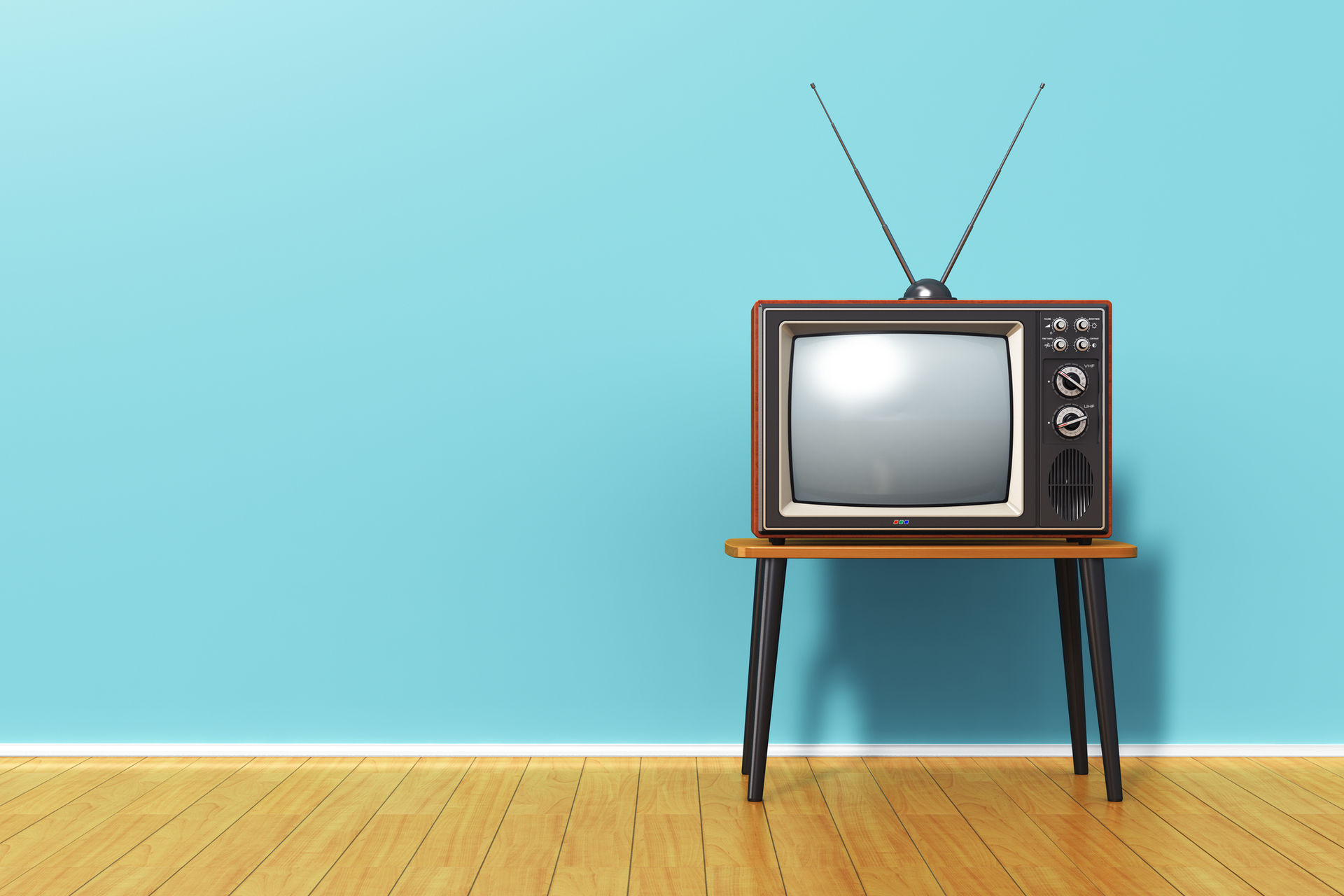Digital advertising, according to a recent eMarketer report, has surpassed traditional print and television advertising. And leading the way are the usual suspects, Google and Facebook, who have pioneered this trend and stand to gain the most from it. New estimates reveal that advertisers plan to spend $129 billion on digital advertising – far more than the $109 billion earmarked for more traditional advertising. If that wasn’t enough of an indicator, within the next several years, traditional advertising is expected to decline, from $114.9 billion to $104.3 billion. During that same timeframe, digital advertising spending is expected to soar, from $108.7 billion to $172.3 billion. By 2021, the landscape will be completely different: a robust digital advertising landscape will be the primary voice of brands, with more traditional methods lagging further and further behind.
This news is surprising to no one, but is still indicative of a massive shift in how major brands plan and execute outreach to customers. The Mad Men era of advertising was paternalistic and detached: executives decided that they knew best for customers and told them what they wanted. Now the reverse is happening. Customers hold the purchasing power and with seemingly infinite options, can spend their money where they choose. The incentive is now to woo this customer and secure their loyalty – not unlike in the real-life rituals of dating and courtship.
To do this, brands must find a way to demonstrate sincere interest in the customer, which almost immediately eliminates TV and print media, as they are far too impersonal. TV and print advertisements, once the fastest ways to reach large groups of people, are now plasticine. They garner no impressions, and, most importantly, yield no data. In the age of AI bots that can adjust their answers based on input, TV and print are not only outdated, but nearly useless.
Brands are now in a mad dash for data and the insights that come from them. Companies need to know how far advertising and campaign dollars are going to recruit and retain new business. And in the age of the internet, customers are more entitled than ever, and a glossy print ad isn’t going to cut it. Brands are now expected to behave like good friends: remembering birthdays, previous purchases, and commonly asked questions. In order to adapt to the constantly evolving human needs, brands need to develop artificial friendships with customers that can be replicated as easily as they can be individualized. In other words, an actor looking into a camera telling a prospect that they are special doesn’t work. A customer must feel special based on a series of positive interactions with the brand that are particular to that individual’s needs. One common way to do this is AI bots, which are increasingly popular
As expectations become more and more unreasonable — customers demanding the depth of a real-life friendship with the convenience of next-day delivery — brands must meet these expectations or lose business. And print and TV are no longer part of that calculation.








